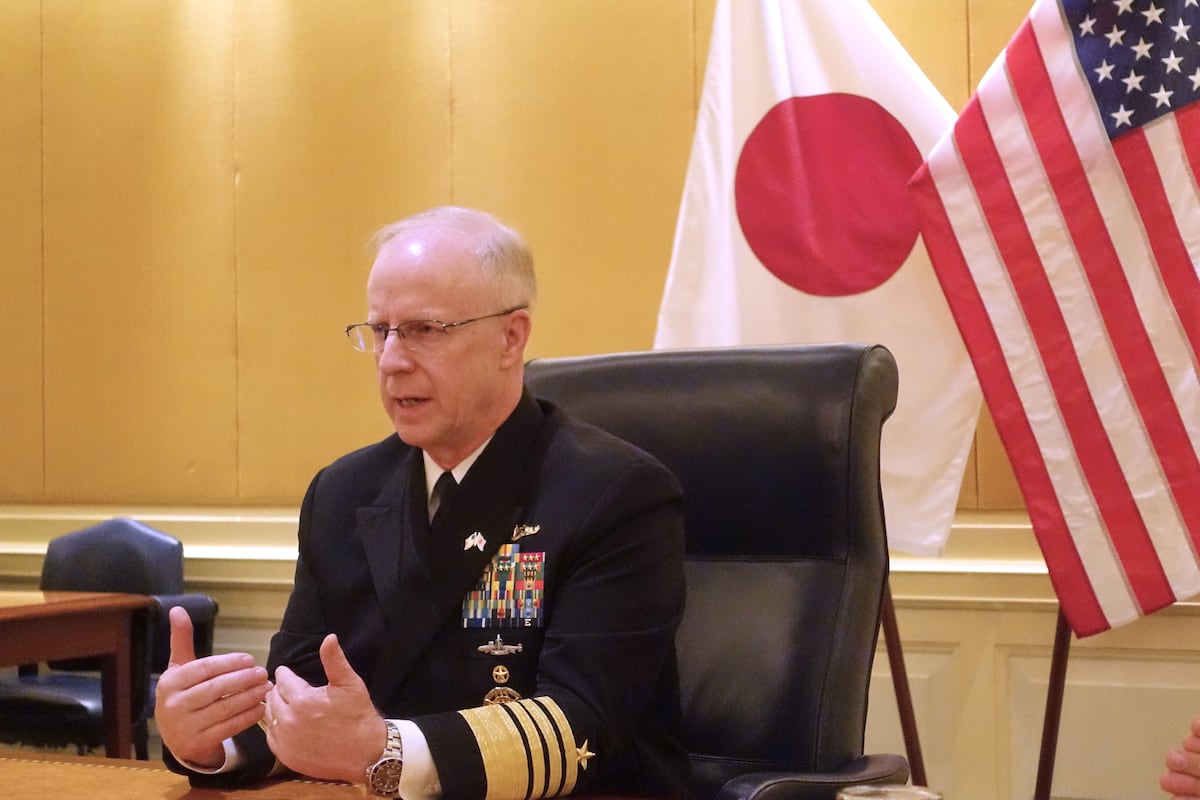Denmark’s Strategic Investment in Ground-Based Air Defense Systems
Overview of Denmark’s Defense Shift
In a significant pivot toward strengthening its air defense capabilities, Denmark has initiated the procurement of a diversified array of ground-based air defense systems. This effort involves collaboration with manufacturers from Germany, France, and Norway, underscoring the urgency to address identified vulnerabilities amid evolving security threats.
Historical Context and Current Necessity
After dismantling its ground-based air defense systems in 2005 to prioritize international missions, Denmark has found itself critically exposed to missile threats. This shift in defense posture has galvanized the Danish government to reassess its security strategy. Recent geopolitical events have catalyzed a recognition of the imperative need for a robust air defense framework.
Current Procurement Actions
-
Immediate Acquisitions:
- Denmark’s Ministry of Defense has entered into agreements to procure:
- The Iris-T surface-to-air missile system from Germany’s Diehl Defence.
- The VL Mica system from the French defense contractor MBDA.
- Denmark’s Ministry of Defense has entered into agreements to procure:
-
Temporary Leasing Agreement:
- In addition to permanent purchases, Denmark will lease a NASAMS (Norwegian Advanced Surface to Air Missile System) from the Norwegian firm Kongsberg. This decision represents a strategic stop-gap measure designed to establish an operational air defense presence while evaluating longer-term solutions.
Nordic Defense Cooperation
Maj. Gen. Øyvind Johan Kvalvik, assistant director of Forsvarsmateriel, the Danish defense procurement authority, highlighted the significance of this collaboration within Nordic defense frameworks. He noted that the NASAMS capability will not only fulfill immediate needs but also highlight the intertwined nature of defense industries in the region.
Key Facts About the NASAMS Lease:
- The lease terms have not been publicly disclosed but are based on actual expenses incurred by Norway in terms of maintenance, training, and operational support.
- Danish artillery personnel will undergo operational training in Norway under the guidance of the Norwegian Air Force prior to the system’s delivery later this year.
Lessons from International Practices
Denmark’s approach to leasing defense systems is noteworthy, albeit not unprecedented. For instance, Poland established a lease agreement for MQ-9A drones from General Atomics in 2022, which paved the way for a subsequent acquisition of MQ-9B SkyGuardians. This leasing model may serve as a flexible solution for countries needing to quickly enhance their military capacities in response to immediate threats.
Conclusion
Denmark’s renewed focus on ground-based air defense capabilities signals a broader recognition of the changing security landscape in Europe. The combination of immediate acquisitions and tactical leasing reflects an adaptive approach to military readiness, further strengthened by cooperative efforts within the Nordic defense community. As regional tensions continue to evolve, Denmark’s strategic investments will be pivotal in fortifying its defense posture and ensuring national security.





